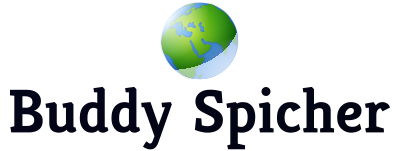
Search engine optimization (SEO) is the process of increasing your website’s visibility on major search engines like Google and Bing. This can increase visitors to your site and convert them into customers.
SEO encompasses a variety of techniques designed to boost your rankings and bring more visitors to your website. This course will cover all the essential components of SEO, providing you with the most efficient methods for increasing organic visibility on the web.
On-page optimization
Search engines scan the web in search of websites relevant to a given query. They then assess each site’s content to decide how well it answers that question and whether it provides value for users.
On-page optimization (OPO) is the process of improving your website to appear higher on search engine result pages (SERPs). To accomplish this, you must make changes to the HTML code of your site – such as title tags, meta descriptions and content itself – in order for search engines to better comprehend what you intend to convey.
On-page SEO also encompasses efforts to reduce page load times, compress images, and utilize structured data. These factors are interconnected and can have a significant impact on your rankings in various ways.
Off-page optimization
Off-page optimization refers to any activities done outside your website that can help boost your search engine rankings. This could include anything from building backlinks and increasing social media engagement.
Off-page SEO is an integral component of any successful digital marketing plan. It helps your business appear higher in Google search results and drives sales growth to its digital space.
Success with off-page optimization requires focusing on building up your brand’s reputation and credibility. This is an integral factor when it comes to search engine ranking, so if your business can ensure its reviews and ratings are positive, then you are sure to achieve a top tier result on SERPs.
High-quality products or services will naturally draw positive word of mouth referrals from satisfied customers. It’s an effective way to gain exposure for your brand without spending any money, as well as an effective form of off-page SEO.
Conversion rate optimization
Conversion rate optimization (CRO) is the practice of increasing the percentage of website visitors who take action, such as making a purchase, clicking an ad, or subscribing to your newsletter.
CRO is a vital aspect of any search engine marketing strategy, but it’s also beneficial for other types of companies. Ecommerce businesses use conversion rate optimization (CRO) to boost their profits and reduce shopping cart abandonment rates.
A successful CRO strategy can increase your Return On Investment (ROI), or the amount of money you make per dollar spent on marketing. It also assists in creating better user experiences on your website so it becomes simpler for potential buyers to purchase from you.
The initial step in any CRO strategy should be research. This involves gathering quantitative and qualitative information from your website as well as other sources.
Link building
Link building is the practice of acquiring links to a website or page. These links are essential for search engine optimization (SEO), as they boost a page’s authority and help it appear higher in search results.
Link evaluation is an integral component of Google’s algorithm, and the number of links a site receives determines its relevancy to searchers. However, links aren’t the only metric used by Google when assessing pages’ quality.
One way to secure quality links is by creating content or engaging in marketing activities that add value to others and encourage them to link back. These are the kinds of links Google values most highly.
Scale is another factor to take into account, as a website with many of the same type of links may be considered less beneficial for SEO than one with various sources and link types.
